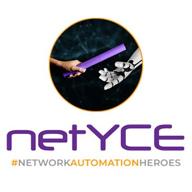- The ability to deploy your application across various environments e.g., Dev/QA/Prod
- GUI and API interface
- Easy integration with other tools e.g., Jenkins, TeamCity, etc
- Easy deployment of containers using docker
- Easy to use
- The team can't be more fast when it's not working
- Support



















